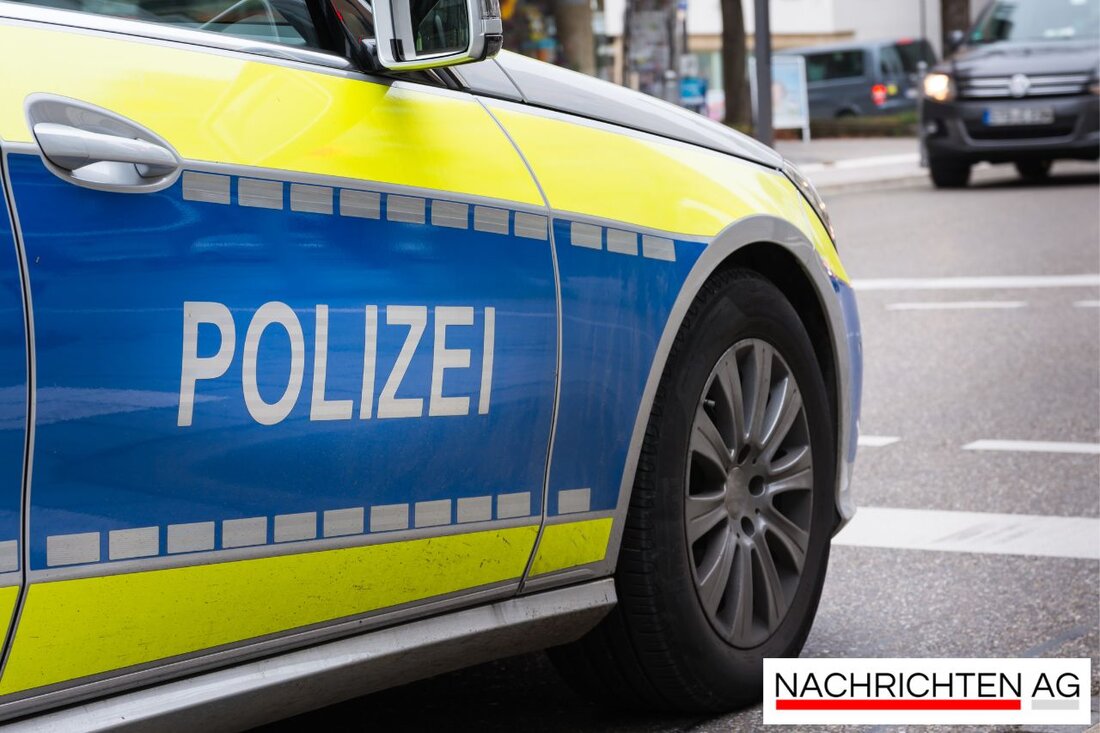Attention drivers! Mobile speed cameras in Rottenbuch active today!
Mobile speed cameras monitor speeding violations in Rottenbuch, Weilheim-Schongau today, October 18, 2025.

Attention drivers! Mobile speed cameras in Rottenbuch active today!
In Rottenbuch, a tranquil town in Bavaria, the police are ensuring more safety on the streets today, October 18th, 2025. A mobile speed camera is in use to monitor speeding. The measure is intended to ensure compliance with the specified speed limit of 50 km/h, which applies in Peitinger Straße, zip code 82401. These checks are part of a nationwide initiative to improve road safety that the police have made it their mission. Attention was drawn to the fleet of traffic monitors at 9:42 a.m., as speeding is still one of the most common causes of traffic accidents news.de reported.
How does speed monitoring work exactly? This is a control measure to ensure compliance with the maximum permissible speed on public roads. In Germany, the responsibilities for this are regulated differently. The police and regional regulatory authorities are primarily responsible for traffic surveillance, with regulatory agencies working in built-up areas and the police in out-of-town areas. A look at history shows that the first field tests with radar devices took place in the 1950s, which illustrates the technological development in this area, as explained on Wikipedia and Wikipedia.
Modern speed monitoring techniques
Whether radar, laser or light barriers – various measuring techniques are used today. Radar uses the Doppler effect and automatically triggers a photo when the measured speed exceeds the tolerance threshold. This ensures that traffic can be monitored and violations can be punished quickly. In recent years, more and more lidar systems have been introduced, which are increasingly replacing radar. The use of these technologies is a key aspect of traffic monitoring, which aims to increase safety on our roads.
A large part of the revenue from speeding violations goes into public budgets and helps cover the costs of monitoring. However, this model also has its critics, who claim that economic interests play a greater role than road safety itself. The effectiveness and placement of speed monitoring systems is therefore occasionally discussed.
Responsibility and enlightenment
In Germany, the driver is directly responsible for speeding violations, while in Austria the driver is also liable, but the vehicle owner is obliged to provide information. These regulations promote safe driving behavior and are intended to ensure that all road users adhere to the existing rules.
It is all the more important that such control measures are not only used to generate fines, but primarily serve to ensure traffic safety. Ultimately, speed enforcement is less about punishment and more about prevention and education. So stay careful and pay attention to the speed limits - they are not just regulations, but contribute to your own safety and that of other road users.

 Suche
Suche
 Mein Konto
Mein Konto